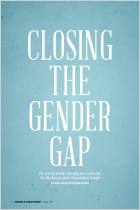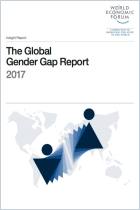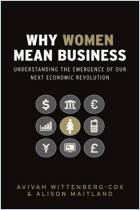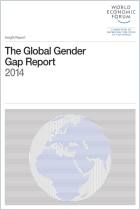
Read or listen offline
audio autogenerado
1×
audio autogenerado
Recommendation
The critical yet elusive response to the question of how to reduce gender inequality in the labor market has dogged policy makers for decades. This enlightening study from a team of IMF researchers relies on rigorous analytical approaches to determine the most significant factors associated with gender inequality. Their findings point to some promising ideas and potential solutions that may surprise you. getAbstract recommends this study to executives, policy experts and analysts for its insights into gender issues.
Take-Aways
About the Authors
Sonali Jain-Chandra et al. are professionals at the International Monetary Fund.
By the same authors
Learners who read this summary also read
Article






















Comment on this summary or Comenzar discusión